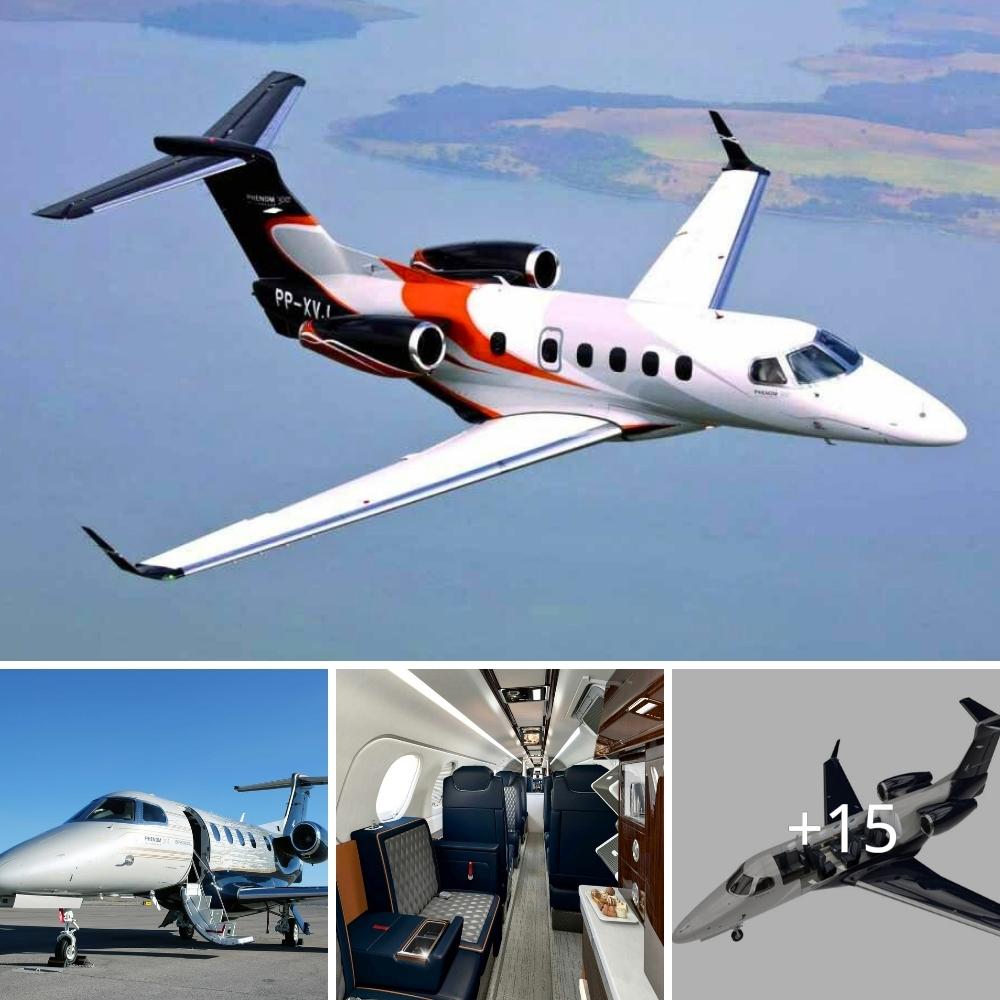Britain’s Arc Aero Systems, formerly Samad Aerospace, has put forth its vision for a “cost-effective, low-carbon solution to intercity travel.” The hybrid Linx P9 promises to beat comparably sized helicopters on range, speed and operating cost.

The airframe is somewhat of a mashup between a plane, a helicopter and a gyroplane – a full composite design weighing just 4,255 lb (1,930 kg) empty. The nine-seat cabin is distinctly helicopter-esque, but it runs a slim, 41.3-ft (12.6-m) main wing, with a pair of 2-m (6.6-ft) pusher props hanging off the back, as well as a sizeable tail wing and fins.
The large, 13-m (42.6-ft) top rotor is pitch-controllable, but it’s not paired with a tail rotor, and it doesn’t appear to be collective-controllable. In these ways, it’s like a gyroplane – but gyroplanes by definition use unpowered top rotors. The Linx P9 uses an electric motor to spin the top rotor up fast enough for vertical takeoff and landing, where gyroplanes typically need some air speed to get off the ground.
Once aloft, the pusher props kick in, and once airspeed comes up, the wings take over 90% of the lift duties, and the top rotor can be slowed right down. This reduces drag, and also more or less eliminates the asymmetrical lift that helicopters develop due to retreating blade stall. As a result, it’s capable of a maximum cruise speed of 230 mph (370 km/h), a speed which has only ever been pipped by one traditional heli, the Eurocopter AS365 Dauphin, as well as some next-gen exotics like the coaxial twin-top rotor Sikorsky X2.

The top rotor might be electric, but the pusher props will run 370-kW (496-hp) turbo engines. Arc says these will run on sustainable aviation fuel, or potentially be replaced by a hydrogen fuel cell powertrain at some point. Running hydrocarbon fuels might be a little on the nose for a future-focused aircraft, but the Linx P9’s size and speed make it more relevant to regional routes than cross-town hops, and Arc projects it can deliver a 590-mile (950 km) range in a standard configuration using some 1,320 lb (600 kg) of fuel, or an 808-mile (1,300 km) range with an extended-range tank fitted.
For comparison, a 9-seat Sikorsky S-92 flies at a top cruise speed of 174 mph (280 km/h), and gets a maximum 630-mile (1,014 km) range – but it carries 5,130 lb (2,333 kg) of fuel to get there. That’s 3.9 times as much fuel, for a negligible range boost, although the Sikorsky weighs more than four times as much as the Arc machine.
In terms of cost, Arc says you can operate this machine for around US$505 per flight hour, claiming this is about a 40% reduction from the cost of comparable helicopters.

Arc’s design is similar to the Rosa Aerodyne proposed by Jaunt Air Mobility – and both are developments on the older CarterCopter concept. Like Jaunt, Arc is quick to note two key advantages the slowed-rotor concept offers over most eVTOL air taxi designs. Firstly, the huge top rotors on these things can act like parachutes in the case of total power failure, allowing them a chance to autorotate to a safe landing. That’s a pretty significant last-resort safety measure that eVTOLs can’t match.

Secondly, they’re certifiable under existing regulations, and while they’re uncommon, they’re at least relatively well-understood by aviation authorities where eVTOL certification is an entirely new process that regulators are struggling to define as they go. So there’s potentially an easier path to commercial type certification here, and that reduces risk.
It certainly doesn’t eliminate risk, though. Jay Carter worked to develop and commercialize his slowed-rotor technology for 25 years before eventually selling all the IP he’d built up around the concept to Jaunt Air Mobility back in 2019. So there could be patent challenges ahead for Arc, on top of the daunting task of developing, prototyping, certifying and producing the Linx P9.

Arc isn’t outlining any kind of timetable for these processes, and that’s probably wise. The company is still looking for investment, along with every other aerospace startup, and simultaneously proceeding with work on an unmanned eVTOL cargo drone already flying in prototype form, and a nine-seat luxury hybrid eVTOL aircraft based on a similar design.
So it’s bitten a fair chunk off for itself, and there’s a tough road ahead. But we’re fascinated to see what these kinds of slowed-rotor machines might be capable of bringing to the market, so we wish both Arc and Jaunt good luck as they work to realize their aircraft.
Source: Arc Aero Systems








